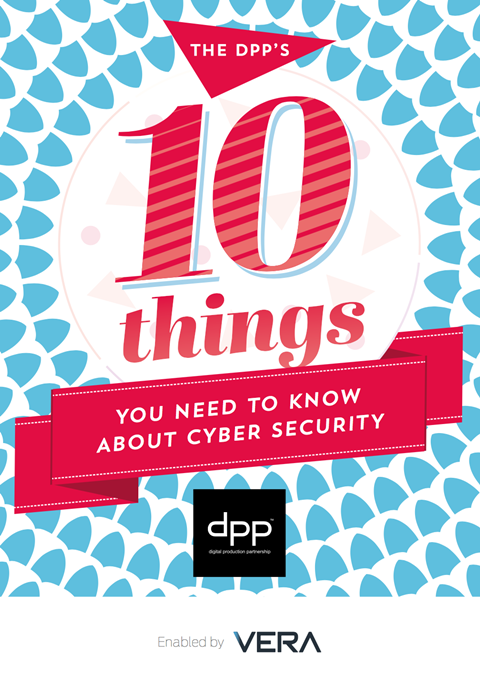Engineers may prefer the safety of working with trusted vendors but now is the time to put your faith in the cloud, explains Mark Harrison, Managing Director, Digital Production Partnership.
The act of creating content is a far more intense team-building exercise than anything a bunch of management consultants could come up with.

As a former programme maker, I could name dozens of people with whom I maintain a deep bond of trust to this day.
They’re the ones who enabled me to deliver my programme, on time and on budget, and get it safely to an audience.
I had to trust those people, and they never let me down.
So ask a producer – or perhaps even a broadcaster – to put their trust not in a person but in a cloud service, and you aren’t just trying to rewire the production process: you’re trying to rewire the creative mind.
And good luck with that.
To make matters worse, the invitation to producers to hand their content over to the cloud can feel much like inviting them to entrust their children to the Pied Piper; they’ll go off happily, but it’ll be the last you’ll see of them.
And that’s because the modern Pied Piper is the cyber terrorist.
This sceptical mentality doesn’t only characterise those who work in production.
Plenty of broadcast engineers prefer the safety of years of trust built up with established vendors than to risk new connected services.
Take a step back
But this is the moment at which everyone engaged in working with media has to take a step back, and why the Digital Production Partnership (DPP) believes it’s so important for everyone in our industry to become better informed about how and why they can trust cloud-based services.
As so often nowadays, we have to look in the mirror and see our consumer selves.
The fact is that the same people who place greater trust in a single copy of their rushes sitting in a machine room than in the Fort Knox de nos jours that is the modern data centre, have already put much of their personal life in the cloud via their smartphone.
Why? Because the convenience, value and quality of the offer is so compelling.
That convenience, value and quality is rapidly coming to cloud-based services in media too. So the question isn’t really whether to use these services, it’s to understand how.
Developing awareness
Of course, it would be ridiculous to suggest that consumers feel they can completely trust cloud services: the news stories of data theft from major brands are frequent enough to ensure nervousness. But, gradually, people are gaining a greater sense of how to separate a trustworthy online offer from an untrustworthy one.
Meanwhile, the service providers are making the security technology more user friendly: being able to log into my bank details via my thumbprint on my smartphone is the greatest convenience invention since the ring-pull.
This is the model to learn from: the consumer gets smarter; and the service provider makes it easy for them to be smart.
Facilitating change
The DPP has always believed change happens faster and better when the whole supply chain works together. So we have been facilitating a number of different engagements in the area of security. We are intent on building trust, literally.
First up is the DPP’s guide: 10 Things You Need To Know About Cyber Security. This guide is an entry level to the subject, intended as a simple awareness-raising tool.

The next step was to provide something practical that would help buyer and seller to recognise what a trustworthy relationship looks like.
This led to the launch at IBC2016 of The DPP Cyber Security Checklist. The Checklist is like a risk assessment form for online security. It’s a tool a buyer can use to check a seller has the key standards and protocols in place; and it is equally a tool a seller can use to assure buyers that good care will be taken of their content.
The Security Checklist is backed up by the DPP User Guide to Cyber Security. Our expert members have identified nine key moments of trust in the production chain, and this Guide takes users through each of them, identifying the key risks and mitigations.
Challenging the cyber attacks
Moving broadcast systems into the online world has created particular risks for broadcasters, who are now subject to cyber attack on an almost continuous basis.
The DPP has also been working with the North American Broadcasters Association (NABA) to draw up a list of security requirements for key broadcast technologies.
The act of placing trust in machines may never match the human bonds built on the battlefields of creativity. But it will hugely increase the speed, data and collaboration that will energise the content; and bring access to global talent and services. Those are benefits that everyone will soon come to need. And where need leads, trust usually follows.
This article was first published at IBC2016.
























No comments yet